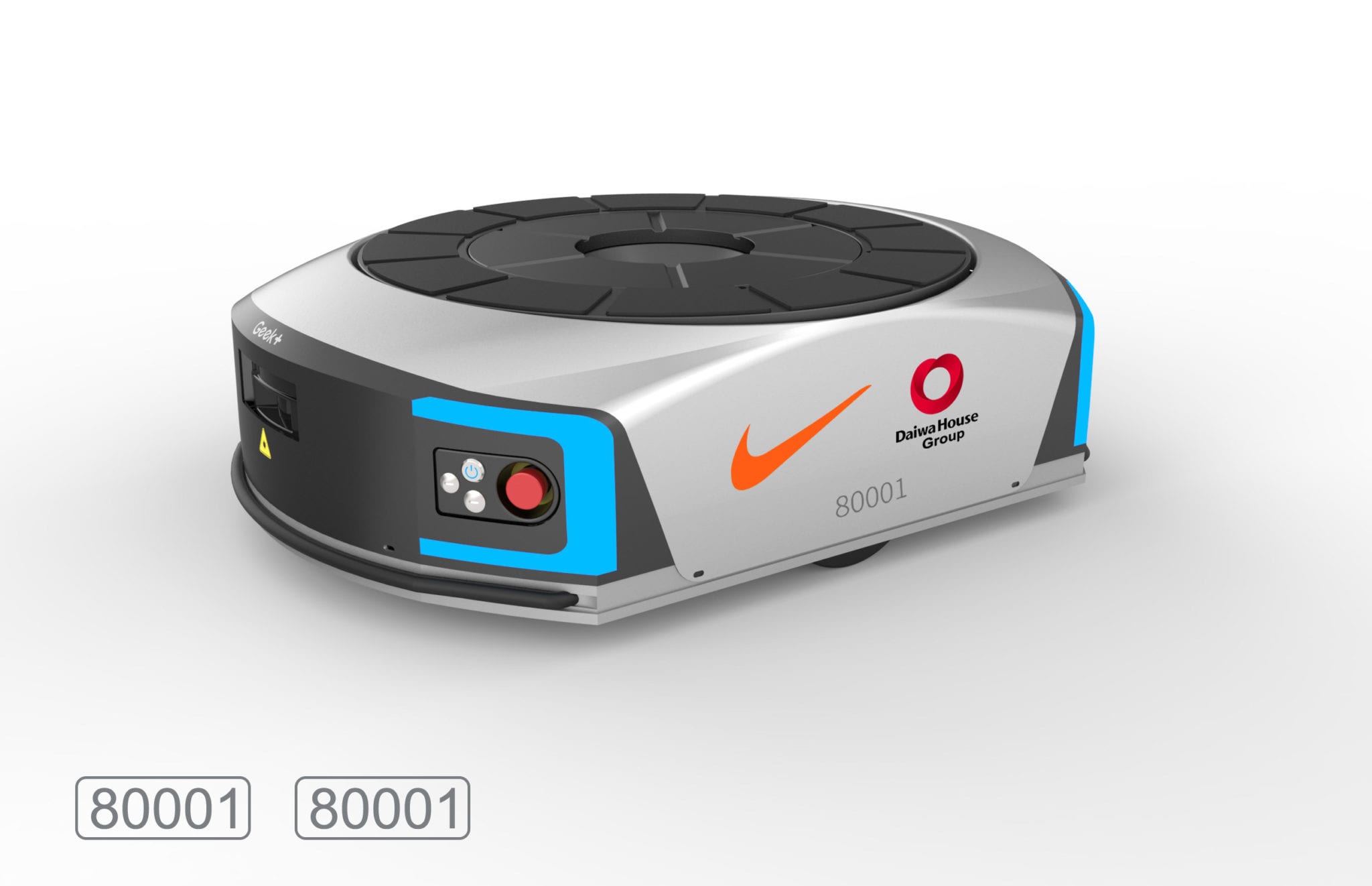Why Nike Shoe Production Remains A Challenge For Robots

Table of Contents
The Dexterity and Precision Hurdle
Robots struggle with the delicate and nuanced tasks involved in shoe manufacturing. The precision required for many steps surpasses the current capabilities of even the most advanced robotic systems. This dexterity gap is a significant barrier to complete automation.
Fine Motor Skills
Many steps in Nike shoe production require incredibly fine motor skills – skills that current robotic technology simply lacks. These include tasks such as:
- Precise glue application: Applying the correct amount of adhesive to various materials, ensuring a strong bond without excess glue.
- Handling delicate fabrics and leathers without damage: Soft materials require gentle handling to prevent tearing, stretching, or other damage.
- Consistent placement of small, intricate parts: Accurately positioning small components like eyelets, stitching guides, and decorative elements.
The human hand's dexterity, combined with its sensory feedback, remains unmatched by robotic manipulators. This limits the ability to automate many crucial stages of the shoe assembly process.
Adaptability to Variations
Robots excel in repetitive tasks. However, shoe production demands adaptability. Nike produces countless shoe designs, each with variations in materials, sizes, and construction methods. Reprogramming robots for each variation is a time-consuming and expensive undertaking.
- Different materials require unique handling procedures: Leather, suede, mesh, and synthetic materials all require different handling techniques to prevent damage.
- Variations in shoe size and shape necessitate adjustments: Robotic systems need to be adaptable to accommodate the wide range of shoe sizes and shapes.
- Adapting to new designs requires significant reprogramming: Introducing a new shoe model often necessitates extensive reprogramming of robotic systems, making automation less efficient for rapidly changing product lines.
Material Handling Challenges
The diverse materials used in Nike shoes pose unique challenges for robotic manipulation. The combination of soft materials, irregular shapes, and the need for precise material recognition and quality control further complicates the automation process.
Soft Materials and Irregular Shapes
Working with soft, flexible materials like leather and textiles requires a high degree of sensitivity that robots currently lack. The irregular shapes of many shoe components add further complexity.
- Preventing damage to soft leather during assembly: The risk of scratching or tearing leather during handling is high.
- Accurately handling pliable fabrics without wrinkles: Maintaining the smooth appearance of fabrics during assembly requires delicate manipulation.
- Gripping irregularly shaped components consistently: Robots struggle to securely grip components with unusual shapes and textures.
Material Recognition and Quality Control
Robots need advanced vision systems to identify and sort materials accurately. Ensuring consistent quality and detecting defects requires sophisticated AI-powered inspection. Current technology is still developing in this area.
- Differentiating between similar materials: Robots need to reliably distinguish between different types of leather, fabric, or synthetic materials.
- Identifying subtle imperfections in materials: Detecting small flaws or inconsistencies in materials requires advanced image processing techniques.
- Implementing automatic quality control measures: Automated systems need to be capable of identifying defective parts and removing them from the production line.
Economic and Practical Considerations
The high cost of robotic implementation and maintenance, combined with the availability of cheaper human labor in certain regions, hinders widespread adoption of robotic automation in Nike shoe production.
High Initial Investment Costs
Purchasing, programming, and maintaining industrial robots represent a significant financial investment. This high initial cost acts as a barrier to entry for many manufacturing facilities.
- High upfront capital expenditure: The cost of robots themselves is substantial.
- Ongoing maintenance and repair costs: Robots require regular maintenance and repairs, adding to the overall expense.
- Need for specialized technicians: Specialized personnel are required to program, operate, and maintain the robots.
Labor Costs and Global Supply Chains
In regions with lower labor costs, the economic incentive for robotic automation is reduced. Complex global supply chains add further logistical challenges.
- Lower labor costs in some manufacturing regions: Human labor remains a more cost-effective option in some parts of the world.
- Challenges in integrating robots into existing supply chains: Integrating robots into established manufacturing processes and global supply chains can be disruptive and costly.
- Transportation and logistics costs: The transportation and handling of robots and their components add to the overall expense.
Conclusion
While robotics continues to advance, the intricate nature of Nike shoe production, combined with economic factors, means that complete automation remains a significant challenge. The dexterity, material handling complexities, and financial considerations create hurdles that require further technological breakthroughs. However, ongoing research in areas like AI, advanced sensor technology, and improved robotic manipulation could pave the way for greater automation in the future. To learn more about the ongoing developments in robotic shoe manufacturing, continue exploring the challenges and innovations in Nike shoe production and robotics.

Featured Posts
-
 South Sudan To Collaborate With Us On Deportees Repatriation
Apr 22, 2025
South Sudan To Collaborate With Us On Deportees Repatriation
Apr 22, 2025 -
 Canadian Bread Price Fixing Case 500 Million Settlement Hearing In May
Apr 22, 2025
Canadian Bread Price Fixing Case 500 Million Settlement Hearing In May
Apr 22, 2025 -
 Pan Nordic Defense Assessing The Combined Military Capabilities Of Sweden And Finland
Apr 22, 2025
Pan Nordic Defense Assessing The Combined Military Capabilities Of Sweden And Finland
Apr 22, 2025 -
 The Supreme Court Obamacare Trump And Rfk Jr Unlikely Alliances And Political Fallout
Apr 22, 2025
The Supreme Court Obamacare Trump And Rfk Jr Unlikely Alliances And Political Fallout
Apr 22, 2025 -
 Chainalysis Expands Ai Capabilities With Alterya Acquisition
Apr 22, 2025
Chainalysis Expands Ai Capabilities With Alterya Acquisition
Apr 22, 2025
